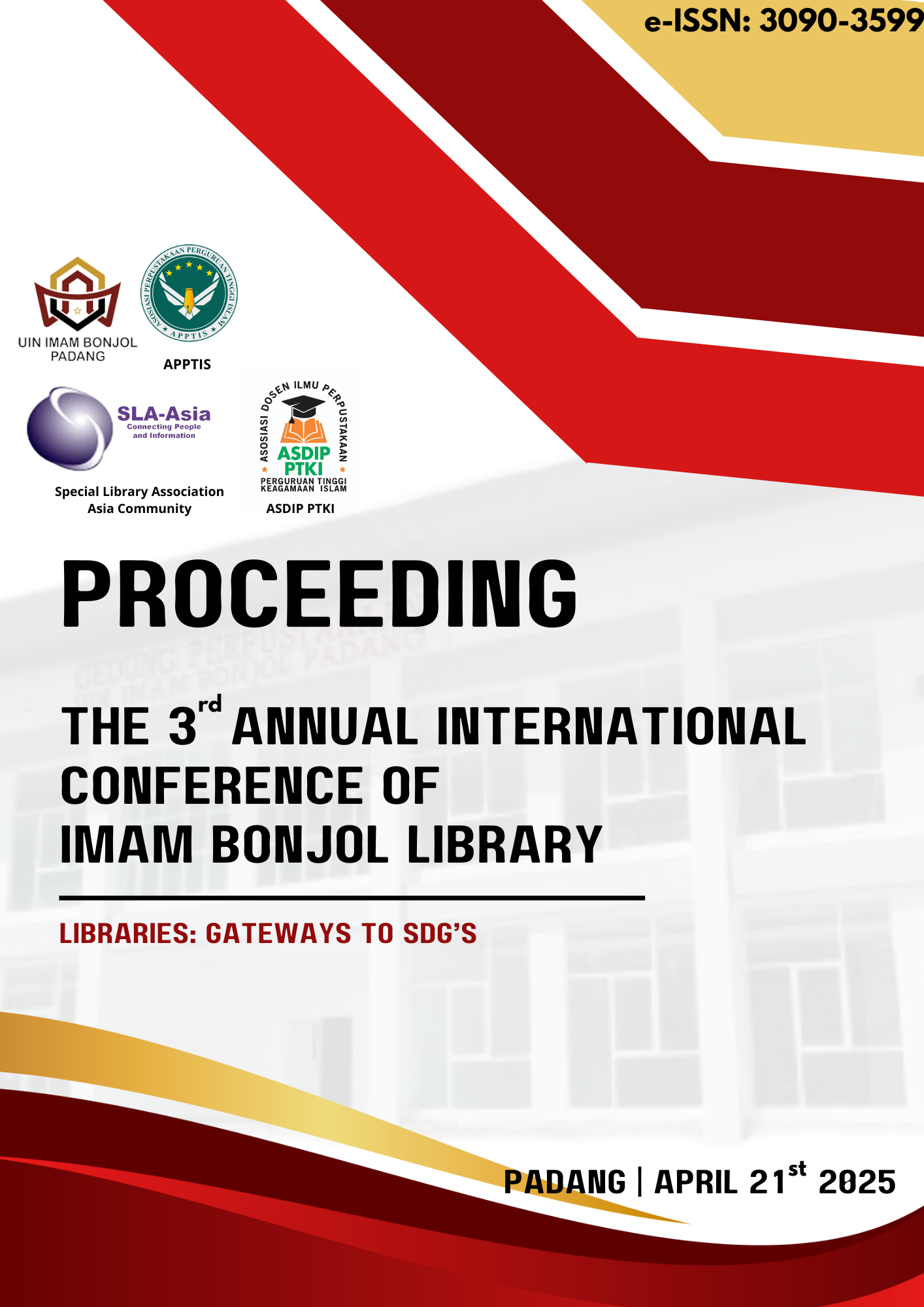Transforming Surabaya’s Library Spaces: Strategies Inspired by Brisbane
Abstract
Background of the study: Neighbourhood public libraries play a crucial role in supporting urban communities by providing spaces for reading, writing, social interaction, and creative activities. Both the Surabaya Municipality and Brisbane City Council (BCC) have adopted similar strategies in offering free public library services to enhance urban livability and educational accessibility for all age groups and abilities. While BCC Libraries offer a wide range of programs such as reading initiatives, book talks, and IT training, Surabaya’s library network consists of 1,449 service points, including two main public libraries and 533 micro-libraries. However, the accessibility of some micro-libraries remains a challenge, particularly for people with disabilities (PWD) and older individuals, necessitating urban replanning efforts.
Purpose: This study aims to assess the need for neighbourhood library relocation in Surabaya, taking inspiration from Brisbane City and other global examples. The research seeks to improve library accessibility and explore alternative strategies to address underserved areas.
Method: The study employed a combination of Google mapping techniques, land use analysis, and interviews with key stakeholders, including Surabaya’s library management and urban planning authorities. These methods were used to evaluate the feasibility of relocating libraries and identifying potential solutions for improved accessibility.
Findings: Preliminary results indicate that relocating existing libraries is not a viable option due to the limited availability of municipal assets that can be repurposed for accessible library spaces. However, the study suggests that collaboration with private and community-owned libraries could provide an effective alternative to serve areas with limited access to public libraries.
Conclusion: A new library facility has been proposed for the western area of Surabaya, integrating open space with an innovative semi-outdoor library concept. This design includes additional health mitigation measures to reduce the potential spread of COVID-19. If accepted by the Surabaya Municipality, this initiative could serve as a model for enhancing library accessibility while fostering community engagement.





